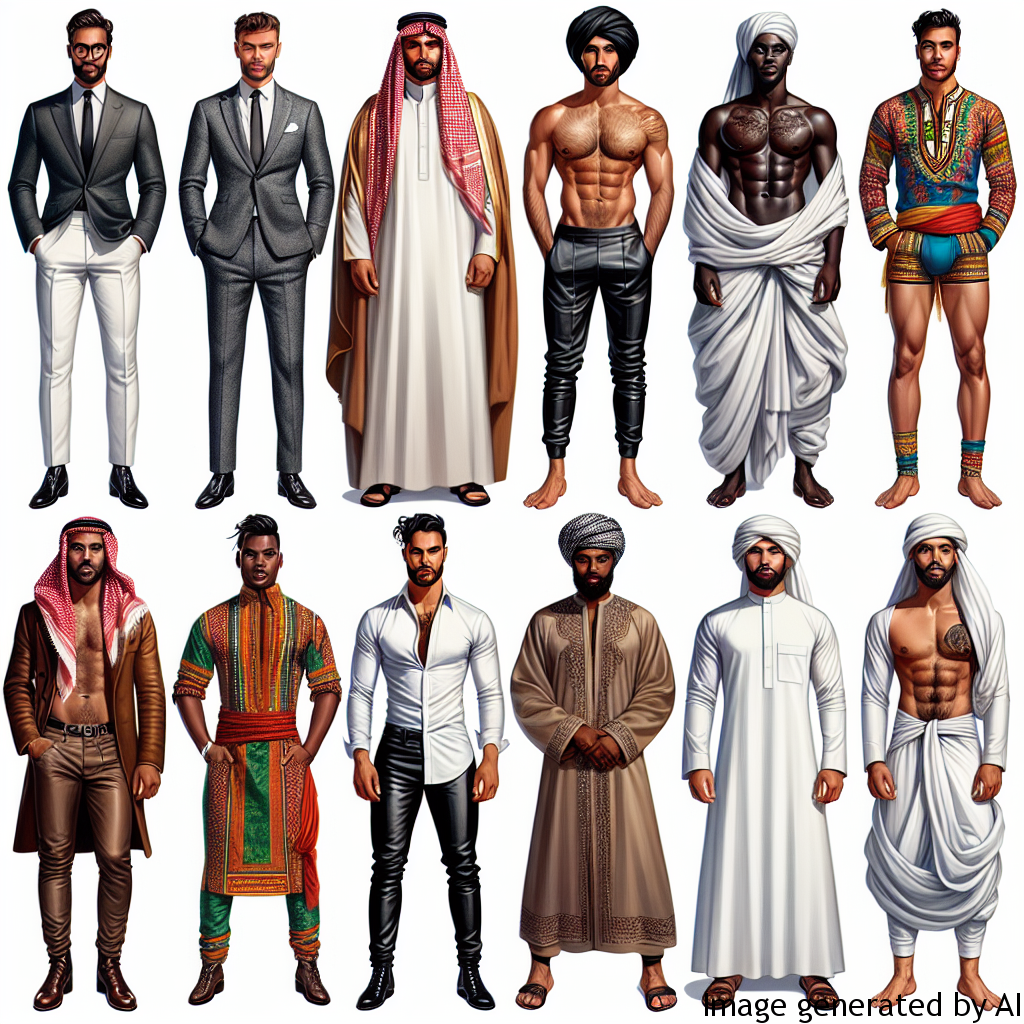Introduction
The interplay of culture, fashion, and sexuality considerably shapes the identity of an individual—especially a man. Men’s fashion has undeniably undergone significant shifts and transformations, largely influenced by the culture they exist within. This article explores the influence of culture on men’s fashion and sexuality, highlighting the importance of gender expectations, their impact on men’s mental health, real-life implications, and how to improve the psychological health while understanding these roles.
Description of Gender Expectations and Their Influence on Men’s Psychological Health
What are Gender Expectations?
Human history has set specific roles for both genders in society, known as gender expectations. For men, these expectations generally revolve around being strong, independent, and emotionally invulnerable.
The Influence on Psychological Health
Emerging research illustrates the psychological impact of strict adherence to these gender roles for men. Many men feel the pressure to conform to societal norms on masculinity, which can lead to mental health issues like depression, anxiety, and low self-esteem. There is a growing recognition within the mental health field of the detrimental effects of such unattainable expectations.
Examples of How Gender Roles Can Influence Men’s Lives
Gender expectations influence men’s choices and behaviors, including fashion and sexual orientation. Traditionally, the western male fashion mainly focused on solid colors, simple patterns, and functional styles, reflecting the stern and utilitarian aspects of masculinity. Any deviation from this norm was historically considered effeminate. Today society is gradually accepting more flamboyance and expressiveness in men’s fashion but there are still constraints.
Regarding sexuality, societal expectations of men often correlate with heterosexuality. Non-heterosexual males face societal stigma, discrimination, and exclusion because their sexual orientation clashes with the mainstream culture’s version of “correct” masculinity. This conflict can exacerbate the psychological distress mentioned earlier, further impacting overall well-being.
Advice for Improving Psychological Health With Consideration of Gender Roles
It is essential for men to understand that masculinity has many expressions beyond societal stereotypes. Breaking away from the rigid gender roles and expectations, seeking therapy when required and promoting open conversations about mental health struggles can substantially help in mental well-being.
Accepting personal fashion preference, irrespective of societal expectations, can bolster self-confidence. It is crucial to remember that an individual’s fashion choices or sexual orientation do not define their worth or character.
Conclusion
The intricate link between culture, men’s fashion, and sexuality highlights the broad spectrum of masculinity. Recognizing and addressing the mental health implications that arise from failing to conform to society’s gender expectations is vital for the overall wellbeing of an individual. It is incumbent on society as a whole to encourage acceptance and understanding of all forms of masculinity, allowing individuals to express themselves honestly and openly.

